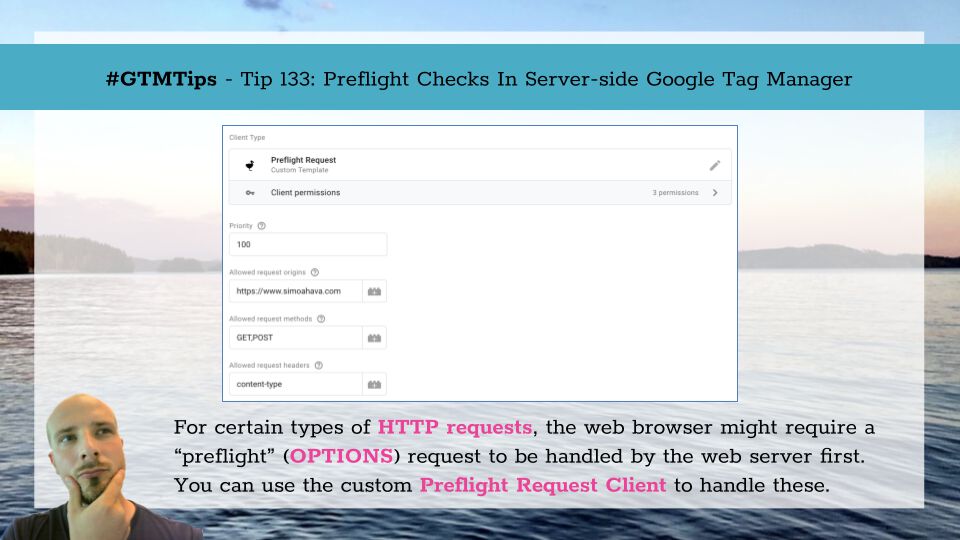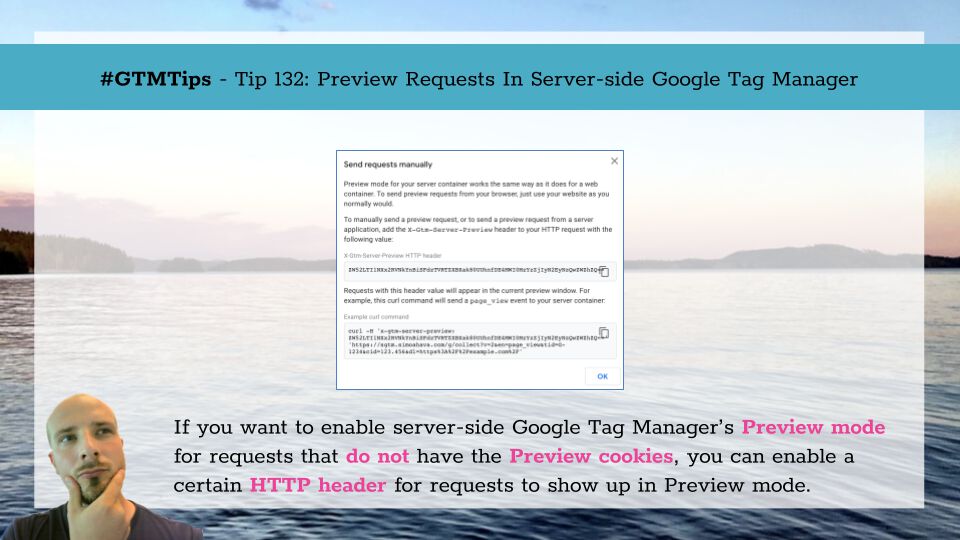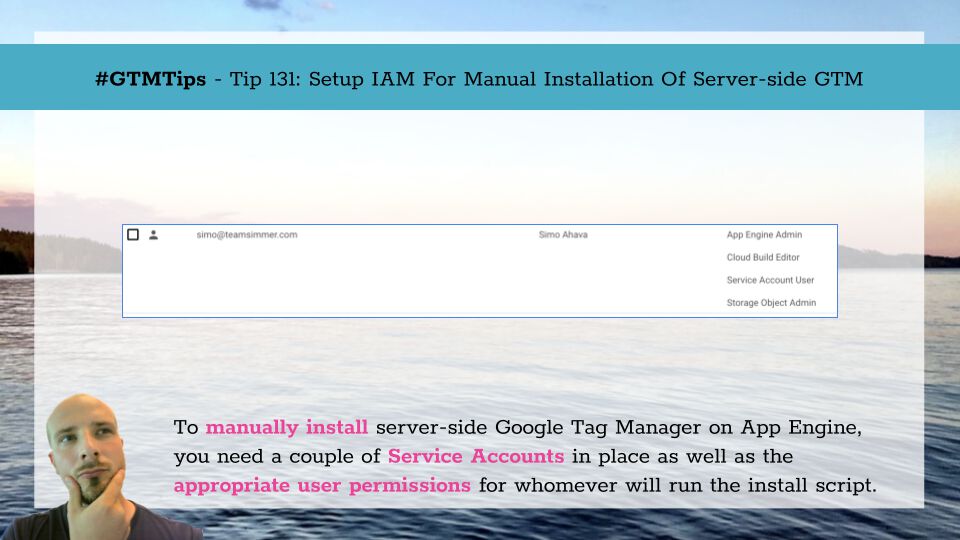For the longest time, Google has been working towards consolidation of their products to build a unified tagging platform.
Products that are instrumented (or associated) with “tags” would fall under this umbrella. These comprise tools like Google Tag Manager, Google Ads, Google Optimize, and, of course, Google Analytics.
If you’ve been peeking under the hood, you might have noticed how all the tools listed above already run through the gtag.js library.







